In pictures: Perseids meteor shower dazzles across the globe
Skygazers take note: The first supermoon of the year will be on Aug 20.
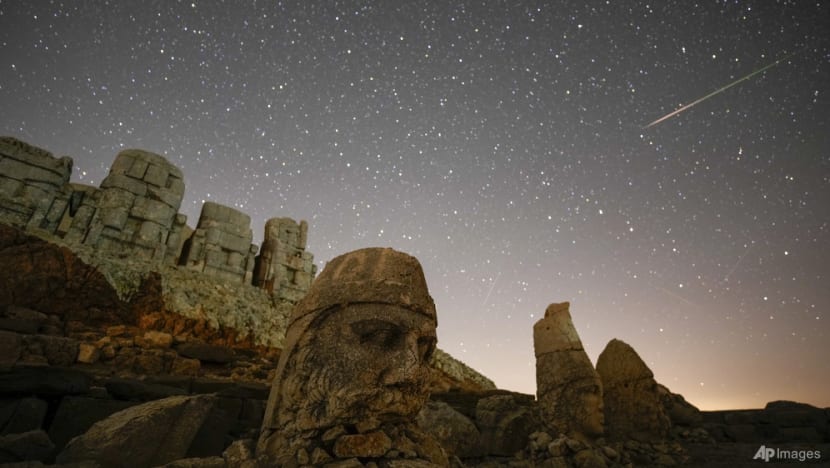
Ancient statues are seen during the Perseid meteor shower atop Mount Nemrut in southeastern Türkiye, Aug 11, 2024. (Photo: AP/Emrah Gurel)
SINGAPORE: The Perseids - an annual meteor shower known for its bright and brilliant streaks - dazzled across the globe as it reached its peak.
It is one of the most easily viewed showers, active between mid-July and late August.
Although skygazers captured the cosmic display from various cities, observers in Singapore were left a little disappointed with some citing cloudy or bright conditions.
This year, it was set to peak over the island between Sunday (Aug 11) and Tuesday morning, with the best observation times between 3am and 6am, according to local Facebook group Stargazing Singapore.
If you missed this round, look out for the Geminids at the end of the year, peaking on the night between Dec 13 and Dec 14.
Easier to spot will be the first supermoon of the year on Aug 20.
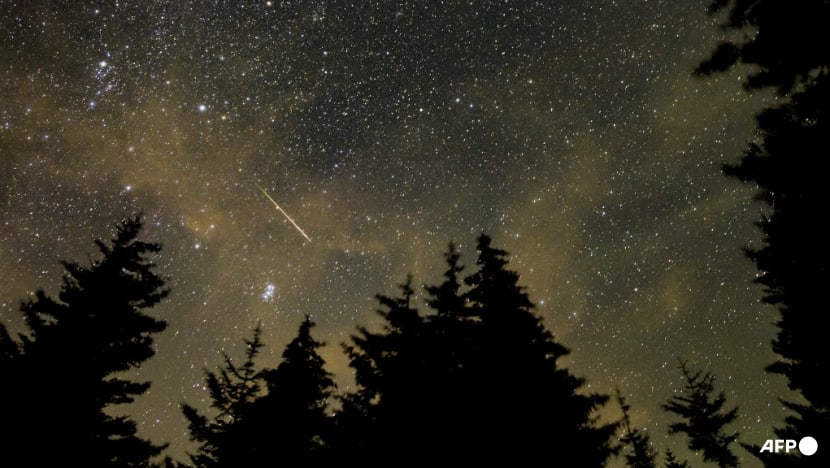
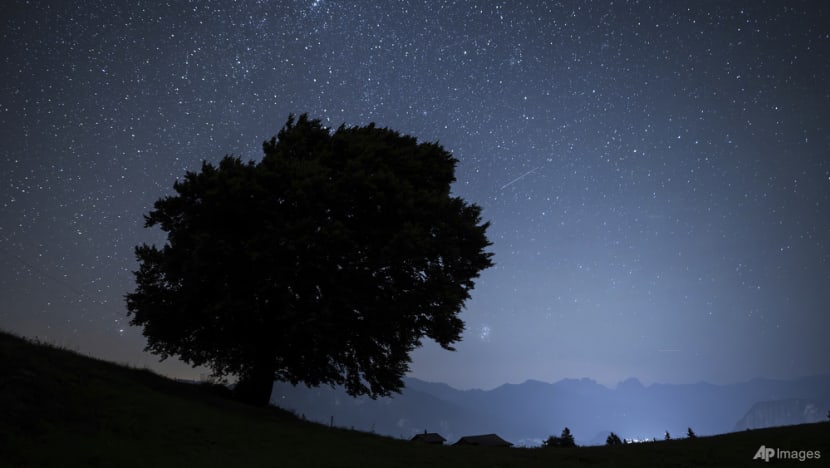
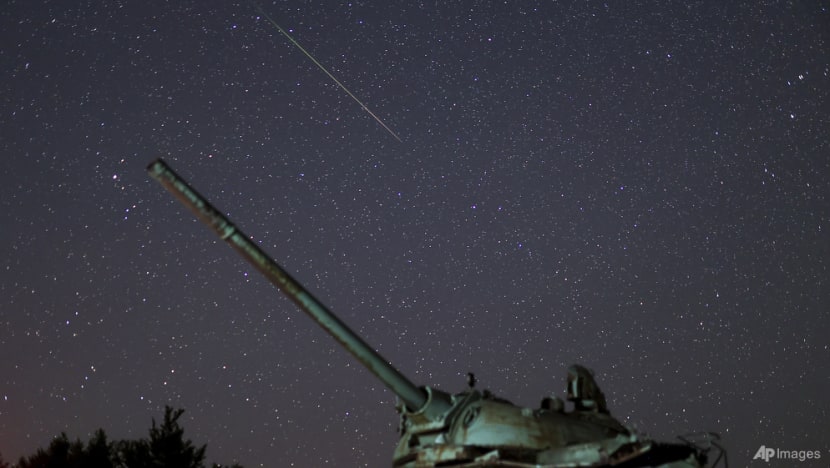
"BRIGHT FIREBALLS"
The Perseids are so named as they come from the same direction as the constellation Perseus - the Greek mythological hero.
It is the 24th largest constellation in the night sky, the Science Centre Observatory (SCOB) of Singapore told CNA previously.
Viewers can also determine the direction of the shower by looking for the Perseus constellation.
The Perseids produce “bright blue meteors - and lots of them", said University of Warwick astronomer Don Pollacco.
It is also easier to spot compared with other meteors as it has the appearance of “bright fireballs”, according to a NASA official.
Some lucky viewers in the Omsk region of Russia were even able to enjoy the sight alongside the northern lights.
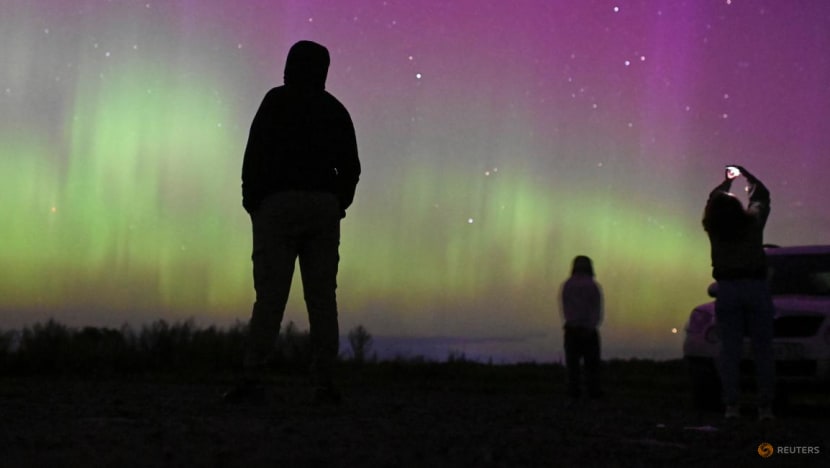
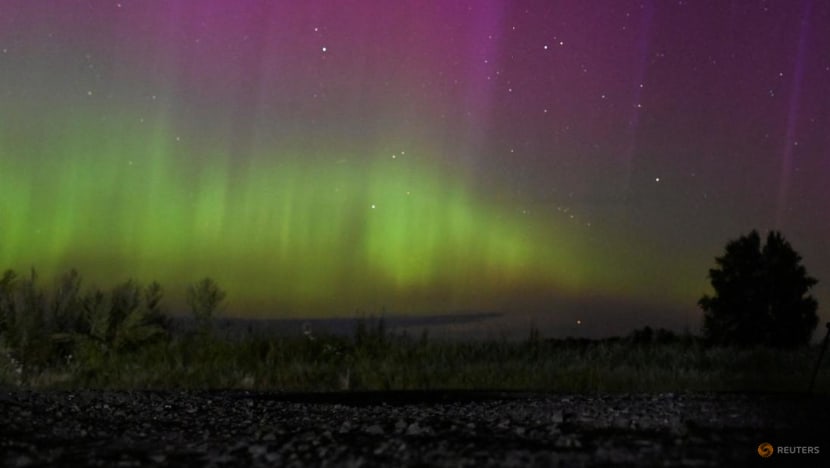
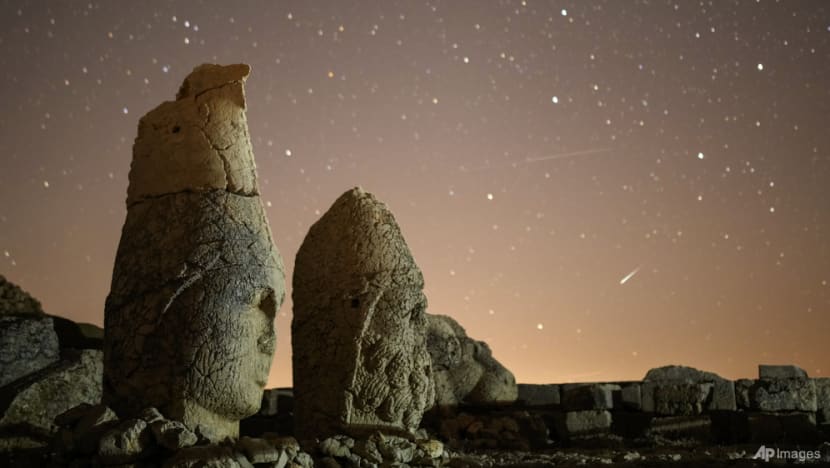
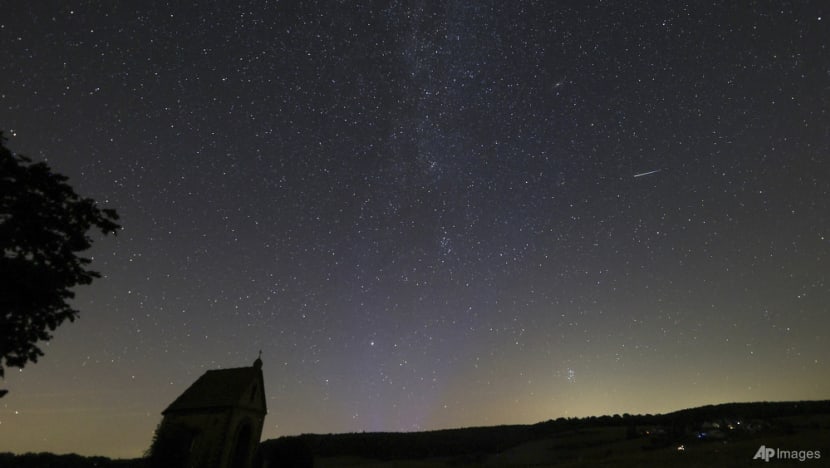
SUPERMOONS
The upcoming full moon will be the first of four consecutive supermoons from August to November.
According to NASA, supermoons can appear up to 14 per cent bigger and 30 per cent brighter than the faintest moon of the year.
The one on Aug 20 - known as the Sturgeon Moon - will also be a Blue Moon as it happens to be the third full moon of the season, said SCOB previously.
A good time to view a supermoon is close to moonrise or moonset, when the moon is close to terrestrial objects, trees or buildings that we are familiar with, the observatory added.
It also said that "Marina Barrage, East Coast Park and the Southern Ridges offer a potentially elevated view of the supermoons and the city skyline".
Planning to catch the next supermoon or meteor shower? Send us your photos via CNA Eyewitness or on WhatsApp.














